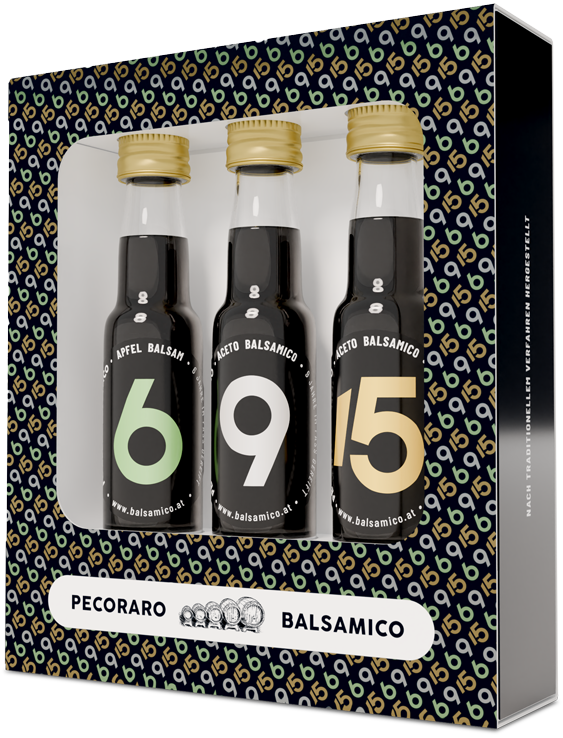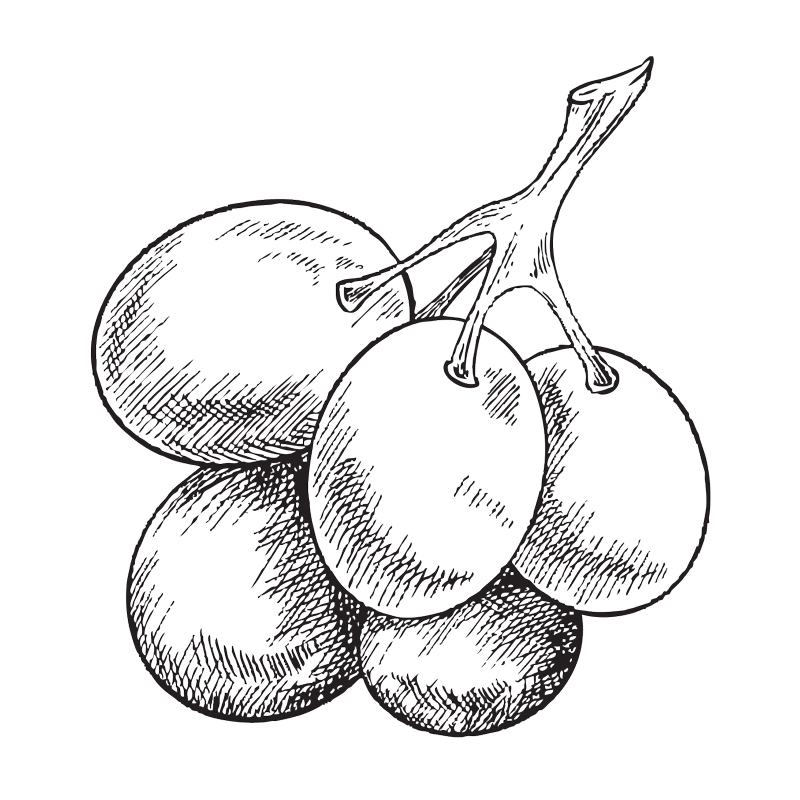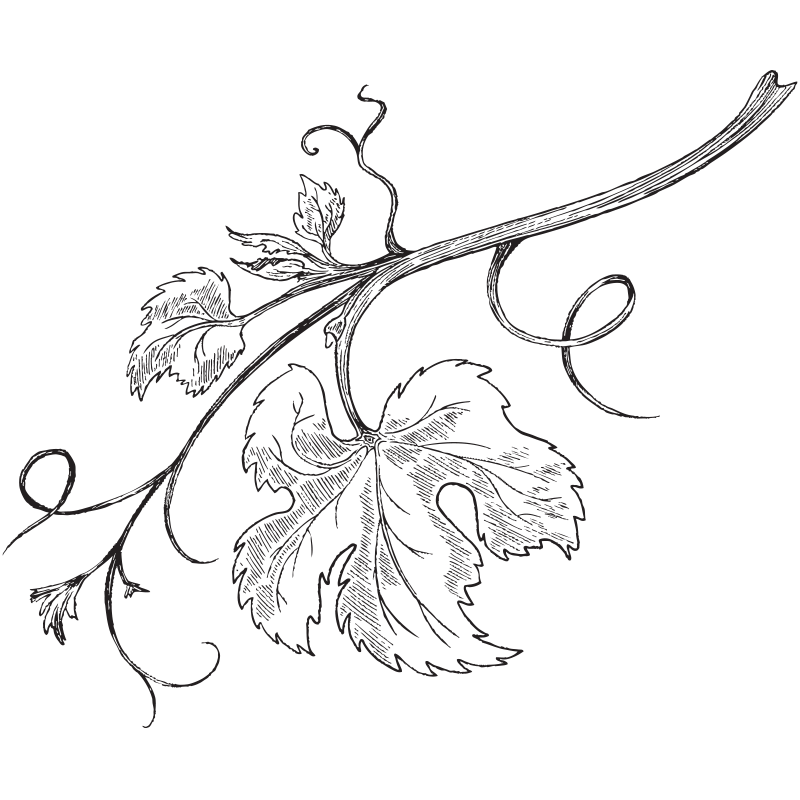Balsamic vinegar for the soul
Never say vinegar to him! The Pecoraro family's Aceto Balsamico tradizionale is produced strictly according to the Modenese tradition in the 3rd generation! Regional, sustainable and of the very highest quality!
Balsamic vinegar for the soul
Never say vinegar to him! The Pecoraro family's Aceto Balsamico tradizionale is produced strictly according to the Modenese tradition in the 3rd generation! Regional, sustainable and of the very highest quality!
Our Pecoraro Aceto Balsamico tradizionale is stored for many years in the typical Modenese barrel batteries and matures for up to 15 years in the various barrels.
We have put together a tasting set of our products to make it easier for beginners to choose or to give friends a small gift.


We have put together a tasting set of our products to make it easier for beginners to choose or to give friends a small gift.









Enjoy the taste of tradition: exquisite recipes with our Aceto Balsamico tradizionale

Find out more about balsamic vinegar: answers to frequently asked questions, from its use in the kitchen to its health benefits and tips on optimal storage.

We are happy to send you the latest information on promotions, guided tours and events relating to our Balsamico Pecoraro via our newsletter. Our mailing list is managed EXCLUSIVELY by our family!